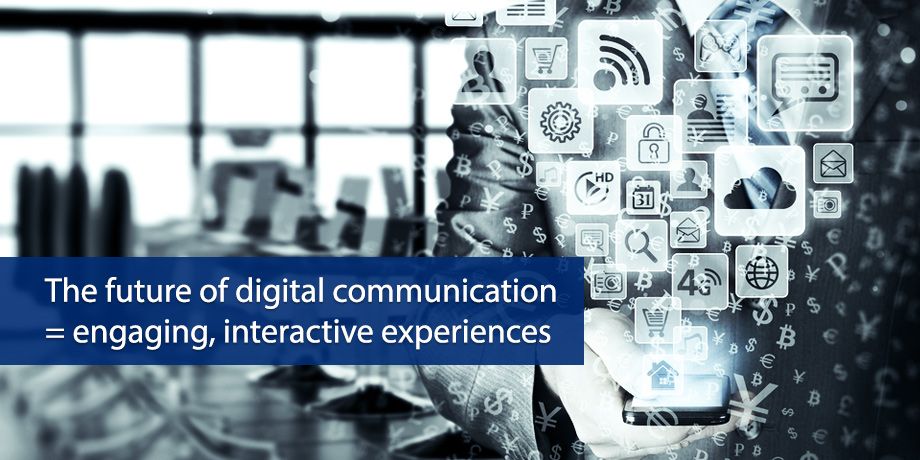
If you’re of the generation that remembers the standalone fax machine, then you probably also recall the old days when the only option to get your personal communications was via the post office.
In the short space of 20 years, technology has dramatically altered how organizations communicate with us – what used to only land in the postbox, then on the fax machine, now arrives via emails and text messages or is retrieved via web portals and mobile apps.
Initial moves to digitize communications saw the migration of traditional print processes to digital reproductions of the print documents in a static dot-for-dot rendition. These were secured and emailed to the recipient or stored for access via a web portal. Organizations that have digitized their customer communication in this way have at least taken the first step in their digital transformation journey.
While digital communication is by far a more efficient way to reach and engage with today’s consumer, the simple act of replacing a printed letter with an online or emailed document is no longer seen to be innovative.
In my view, the future of digital customer communication is in providing engaging, interactive experiences, where important information and data insights are highlighted through intuitive graphs, word clouds and summaries.
Today’s consumers (especially the millennials) are more digitally-savvy than ever before and require a much higher level of engagement with, and control over, their own data. Customers expect to drive how they receive communication and to be able to largely service themselves when it comes to deriving value from their information.
This means the convenience of having immediate access to a year’s worth of tax documents without having to call a service agent for assistance, as an example. Or the relief of having immediate access to an insurance policy when something happens, even if it’s not during business hours.
The future of digital communication will include interactive experiences that empower the consumer, such as mobile payment options, graphing/sorting of data, digital forms, electronic signatures and for those that still like a physical record, the ability to generate a print version of the data.
But not at the expense of data security
The foundation of successful digital processes is the security of the personal information at every point in the digital journey. Customers need to be confident that their information cannot be compromised at any stage during processing, transmission or storage, regardless of the communication channel used to send or receive it.
They don’t need to understand how the security works – just that it is there.
Maintaining this digital trust with a customer is imperative, especially with Millennials, who are known to switch brands for less serious reasons than compromised personal data.
An organization that is truly intent on ‘going digital’ should have a high priority on information security throughout the business. Information security is no longer the domain of the IT department – it has become one of the top priorities in the C-suite. In Protiviti’s Top Risks 2016** survey, more than half of the respondents viewed cyber threats and privacy / identity management and security as having a significant impact on their organisation in the next year.
While the future of customer communication is undeniably digital, it’s a balancing act between instant access and data security. Enhancing the customer communication experience utilizing the latest technology available, will award businesses with a competitive edge in this dynamic digital world.















